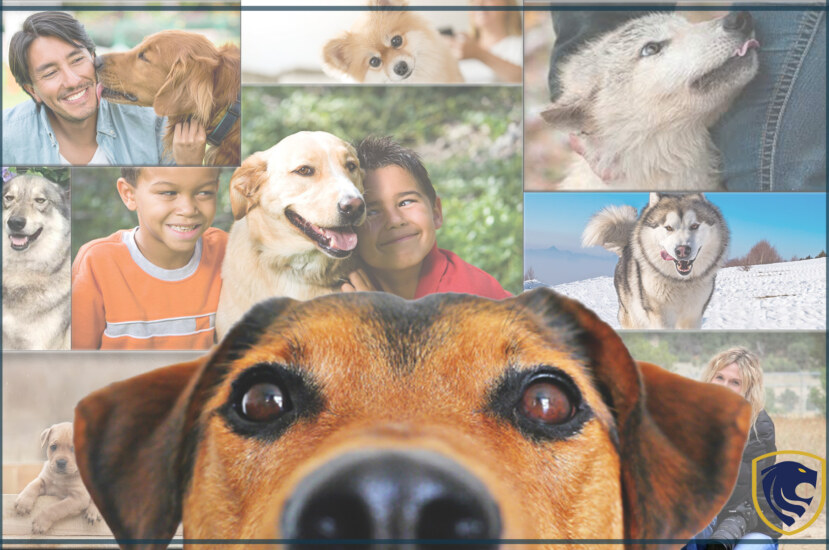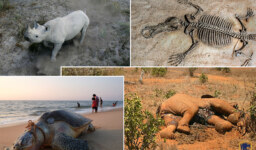The myth of how a dog was trained in a literal sense is a riddle of lost pieces that will gradually become a whole.
A well-known myth of how the canine was trained holds that as humans grow from the Paleolithic period. This was When a man catches his prey using tomahawks and heavy stones to the time of the Mesolithic period (when the use of sharp edge bolts began to be used. Far) began. using dogs to chase their prey that they had killed with their newly designed weapons. And that is how the ancient man found the food to feed their families. They had to tame dogs to be obedient to human Nature so that Animal dogs would become tamed and listen to the commands of their master by Nature.
The history of Animal canine training
Confirming strong Animal archaeological evidence places the dog as a notable species of creature to be trained at any given time and Nature. Almost in the latter part of the Ice Age when human methods revolved around a tracker collection frame. The most recent evidence highlighting dog training includes a mandible found in a tomb. In Oberkassel in Germany that traces back to the Paleolithic period (about 14,000 years earlier).

When and Why was Dogs Domesticated.
However, does not explain how the canine evolved as a species or how the reliable interaction between canine and humans evolved. This is still under supervision, and there are many mysteries as to how dogs evolved from wolves and had a tame Nature.
Man Catching a Wolf … maybe!
From very far back as the time of the Center Pleistocene wolf bones have been found to be related to those of early Animals. A few models recall the 400,000-year-old Boxgrove area of Kent, Britain; Zhoukoudian area 300,000 years old in North China; and the 150,000-year-old cave of Lazaret near Decent (southern France). The fossil record indicates that the Animal population of that period likely included the wolf regions. Humans are more likely to kill wolves as a source of food. And use the wolf’s skin/skins as a garment in Nature.

When and Why was Dogs Domesticated.- Zhoukoudian cave
Wolves as pets?
Perhaps, the young wolf was regarded as a pet or sidekick again and again. Could it be that such “defeated” wolves would without a doubt be the forerunner of the canine and was this really how the canine on the edge developed in the beginning? The habitat of these Nature “trapped” wolves have been identified in Focal Europe and surprisingly reflects the morphological differences from those of wild Nature wolves. The wolf, who was thought to be a man, was very modest in size. It had a short face, teeth, and toenails that were much thinner than a normal wolf.

When and Why was Dogs Domesticated – wolves as pets
Training Collaboration Animal canine Nature
The qu Boxgrove area of Kent, Britain; Zhoukoudian area 300,000 years old in North China; and the 150,000-year-old cave of Lazaretalities. That is extremely important for endurance in the wild is a barrier to their building. Such qualities include size, concentration, brain size, and independence in Nature of the Animal. In all of these aspects that dangerous endurance in the wild (lack of fear, high resistance and stretching, diminished understanding. And quitting) on the other hand are the most beneficial features created by Animal pets. This seems to be the case. Because humans are training their creatures to contribute and a relentless, self-governing creature can struggle to exist within such boundaries.

When and Why was Dogs Domesticated-Training Collaboration Animal canine Nature
The Natural course of rejuvenation seems to be a normal development where reborn creatures are separated from the rest of the wild. And breed within the confines of a single assembly. Initially, this “source group” of creatures was usually born. But as their numbers increased, the genetic pool would appear very different and flexible due to the new climate, which, due to the conquering wolves, would be a changing climate near people and animals.
The Wolves and the Wild Nature
Balanced and wild Nature wolves, in contrast to those found in the wild, would be prepared in an unusual way to escape slavery. Because of their lack of care. It can even be imagined that their human caregivers are either traveling by car or possibly killing older people. Because of their high support costs! About the reduction in skull size, dental and mental size that would normally occur after some time with hormonal changes due to the requirements of the new climate. The withdrawal head size would be successful due to a decrease in brain size that occurred. Because the larger brain Animal needed more calories and was generally unforgivable.
Various traits, but very important in wildlife but currently not helpful to the restless animal will also be lost somewhere. Including deep sensitivity and vision as well as greater awareness of wolf weather.
The above presentation of how canine training occurs seems unthinkable without a single growth factor …

The Wolves and the Wild Nature-The Wolves and the Wild Nature
Captive Wolves Don’t Create a Posterity Tame!
It seems unlikely that people 15,000 years ago (the Mesolithic era; when canines were introduced) had the opportunity or understanding to put resources into a specific Animal development program focused on the tamer wolf! The people of that time would be very busy clinging to the basics of common endurance. Such as food watching, heat protection, and storage. In addition to the fact that they may have had both the time and the ingenuity to put resources into such a breeding program. There is not the slightest evidence supporting the possibility that those people have a sufficiently large wolf population to start with. such a system!
When the controlling wolf conceives, it brings forth the common wild offspring as a distinct difference to the canine generations. That is a naturally agreeable continuity! If we think that a young Animal wolf in a humble person is not associated with humans before it opens up, that creature will have problems handling people; equals are not allowed for canines in any event, for many temporary, temporary dogs! Therefore, the defeat of individual Animals does not give the conversion of the inheritance to.




